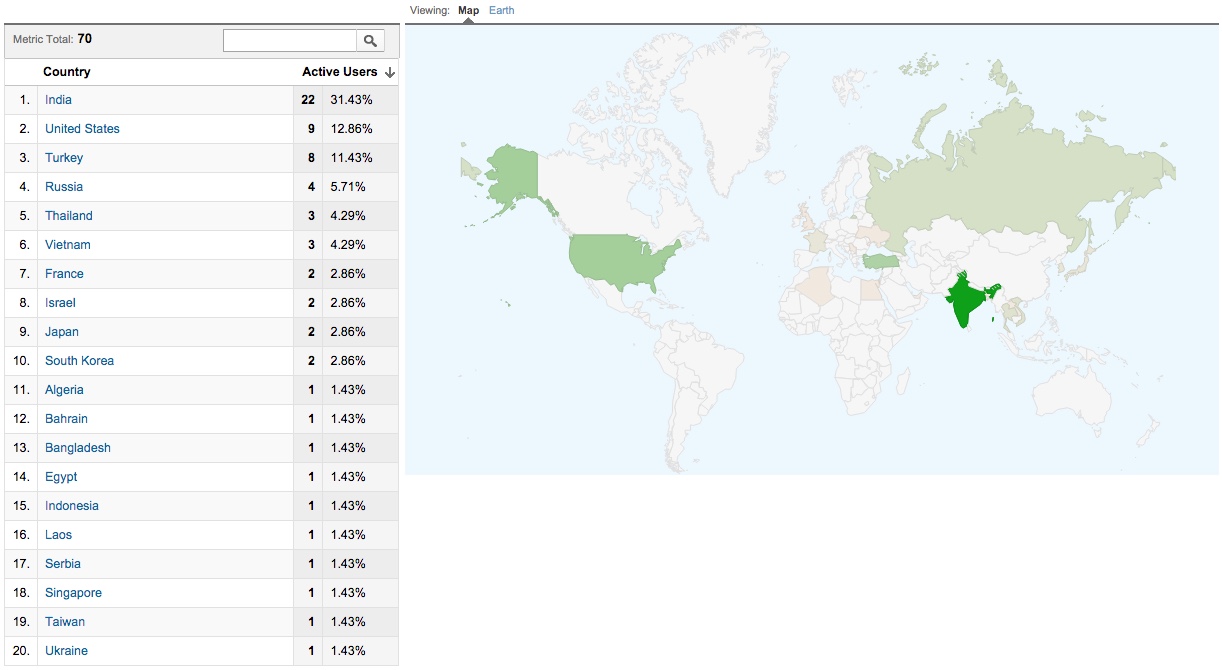I’ve just got back from watching The Hobbit : The Battle of the Five Armies.
I didn’t see the previous film at the cinema because I couldn’t be bothered. I watched it on a plane some time later. When my friends texted me to ask if I wanted to see this film I started to reply no, then remembered it’s ages since I got to watch a film at the cinema with friends (I usually go on my own), so I said yes…
Spoilers below. Don’t read anymore if you care.
Basically, this feels like a montage of clips from the previous two films with some bits of L.O.T.R footage thrown in for good measure. I’m so sick of seeing a handful of people defeat an army of bigger, stronger, faster and more well armed people (orcs). I can get my head around elves being much faster and more agile. I can kind-of get my head around dwarves being solid and stronger than they look. I can’t deal with humans being able to brute-force block an attack by a giant troll because … physics!
When I see scenes of walking I think, “Not more friggin’ walking!”. When “the eagles” inevitably came I couldn’t help myself from exclaiming, “Oh for f*cks sake!” The two trilogies could have been condensed into two episodes of, “There’s a nasty thing we don’t like. Let’s send the eagles to solve our problems for us!”
As you’ve probably guessed by now, I was not very impressed with the film. This Hobbit trilogy should have been a single film. Two at the most. Making this into three films embodies everything I hate about the film industry! It was just filler shot after filler shot. Peter Jackson needs to get his head out of his ass and learn to make a film with some decent pacing.
I’ve come close to giving this a “toilet rating”, which has been reserved for Twilight films up until now…
In order to end on a positive note…
- Benedict Cumberbatch voices were good.
- Lee Pace looks so beautifully sinister as Thranduil. They could have made more of his part, rather than adding in Legolas in a ham-fisted attempt to appeal to the fans of the L.O.T.R. trilogy.
- A couple of minutes of Cate Blanchett is always welcome.
Cheers
Tim…
PS. Like the other L.O.T.R. and Hobbit films, I think this is probably quite good to watch when you are sitting with a group from friends chatting and only paying it half your attention. I’m sure I’ll end up buying the DVD for this very purpose…
PPS. My friends liked it.
PPPS. It’s about 13 years since the L.O.T.R. was made, so I guess it’s about time for the Hollywood reboot of the series…

